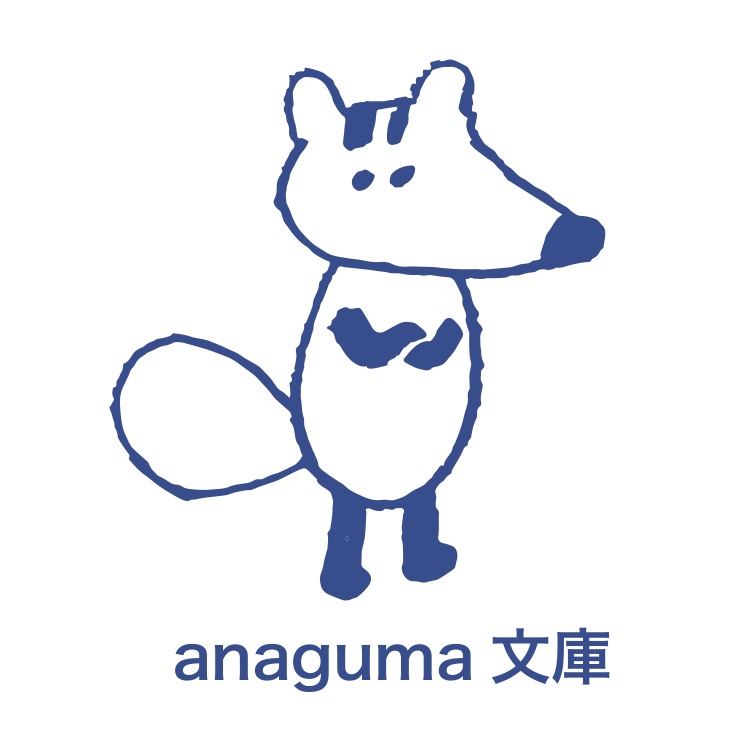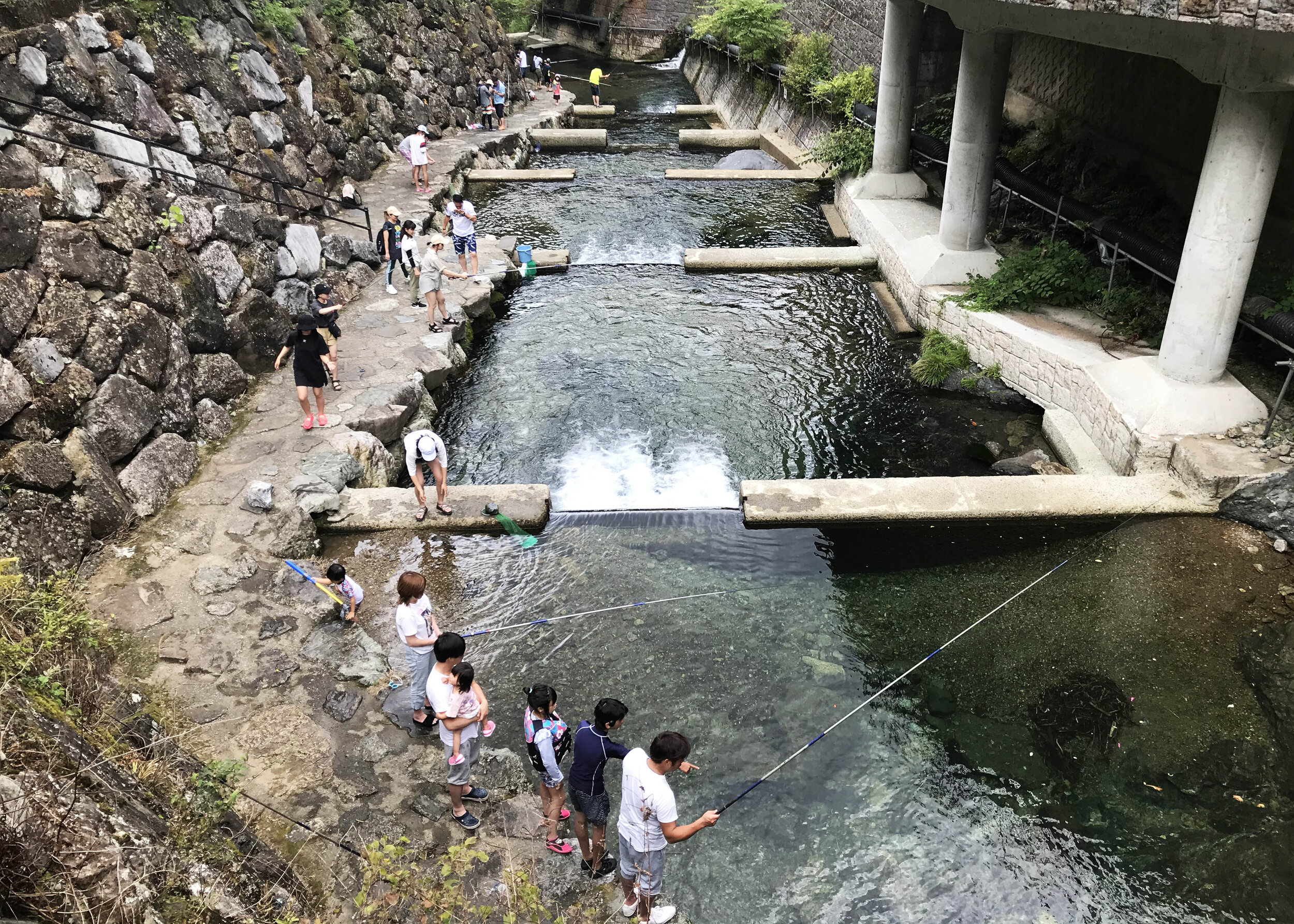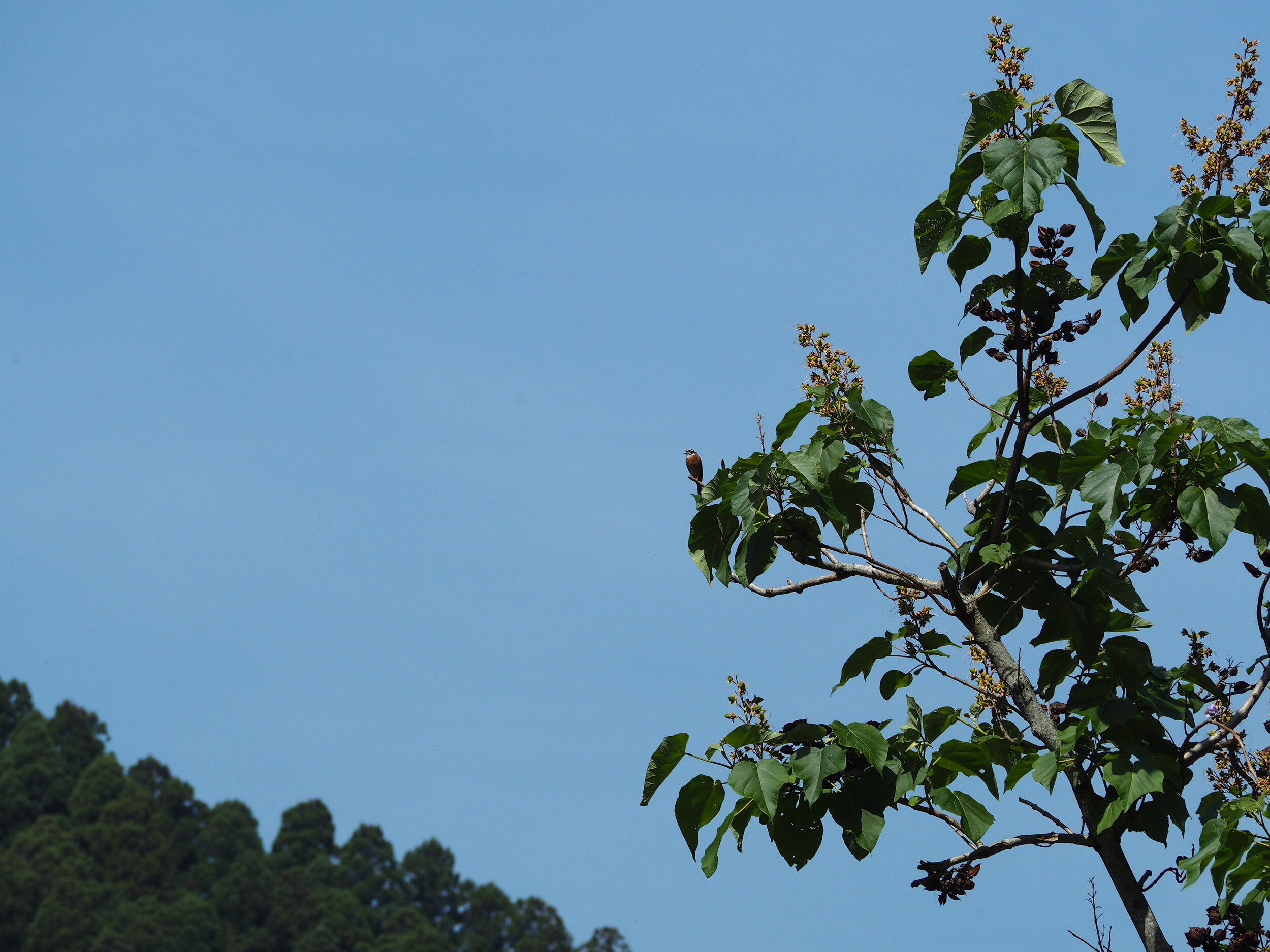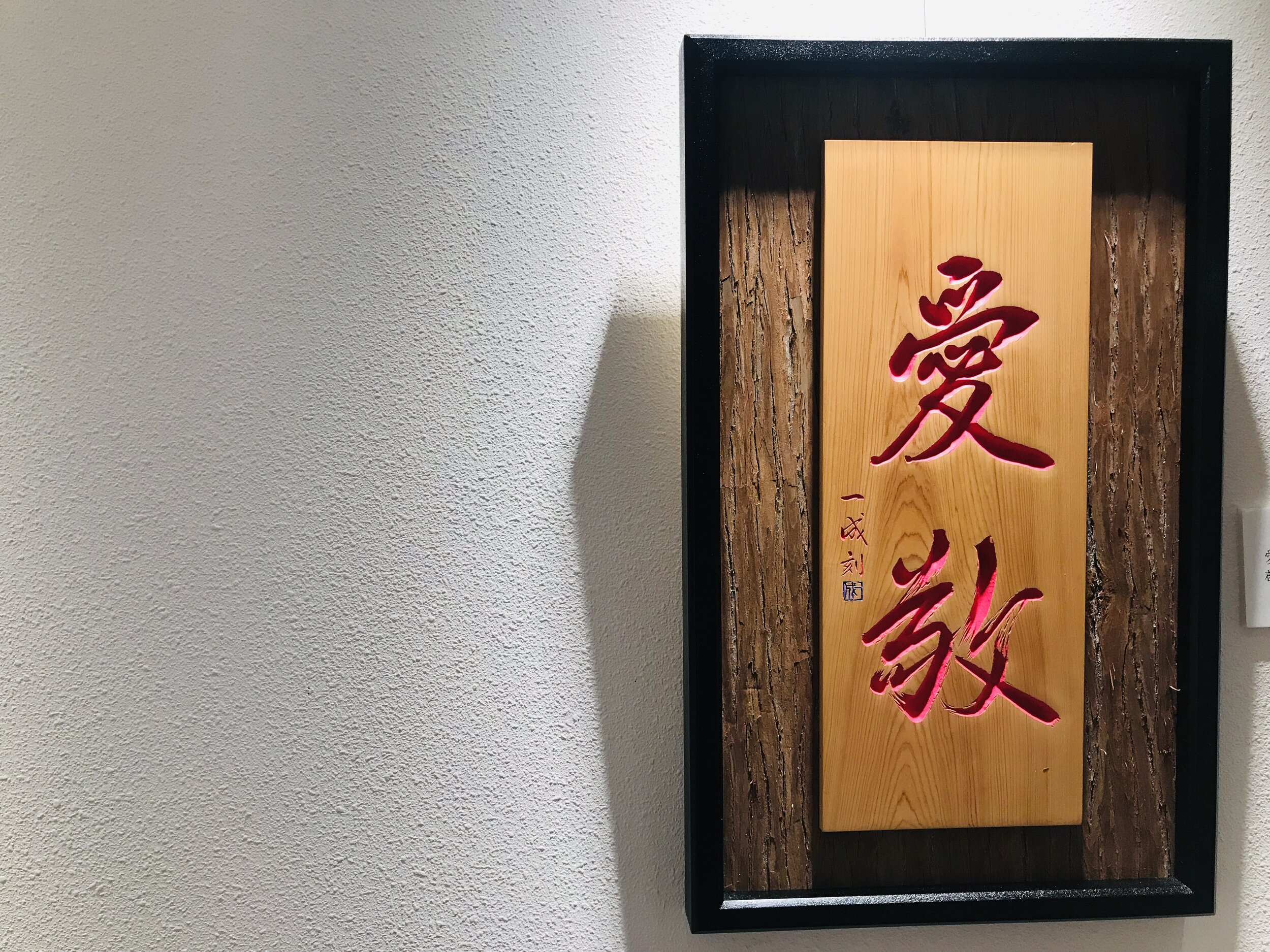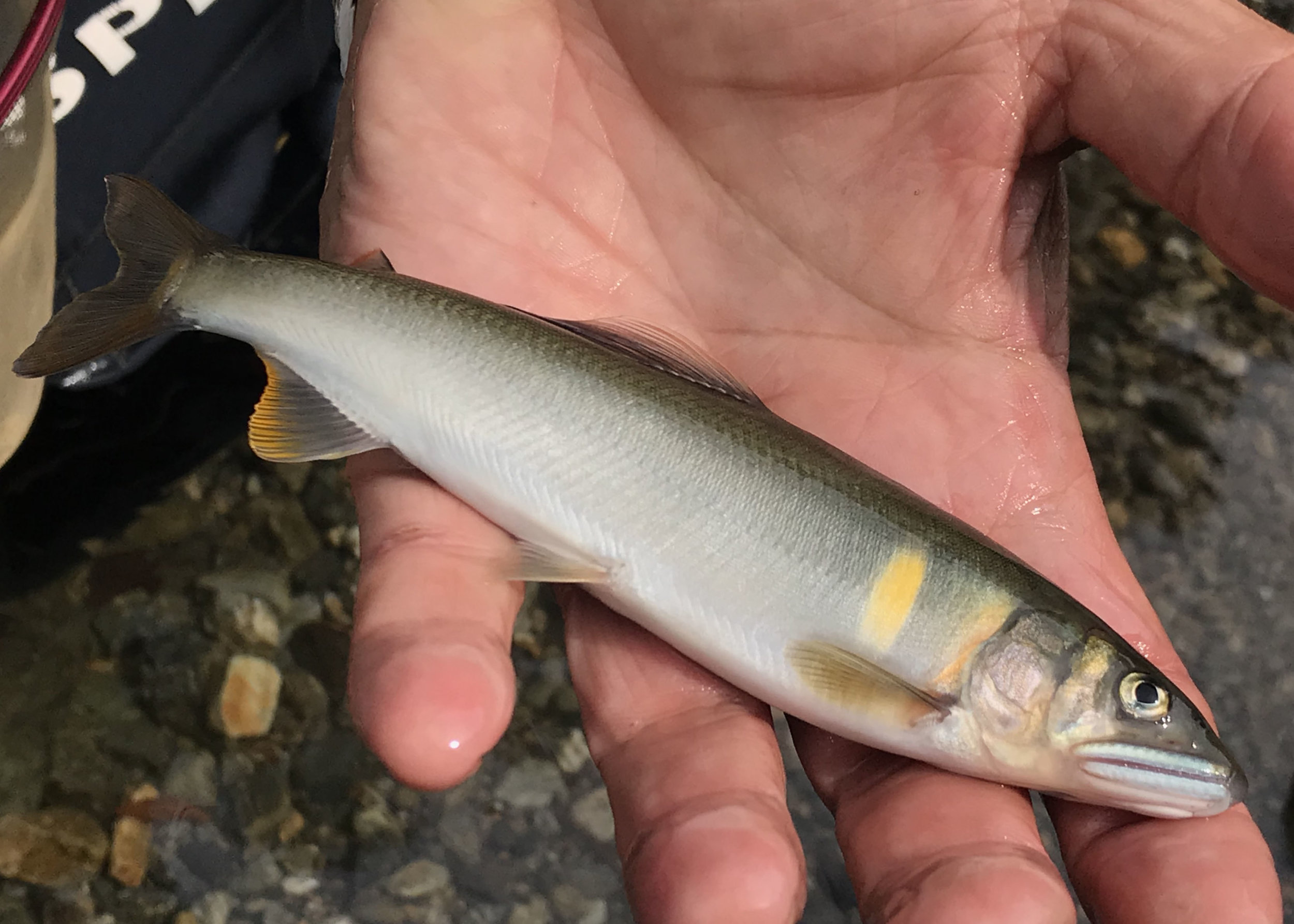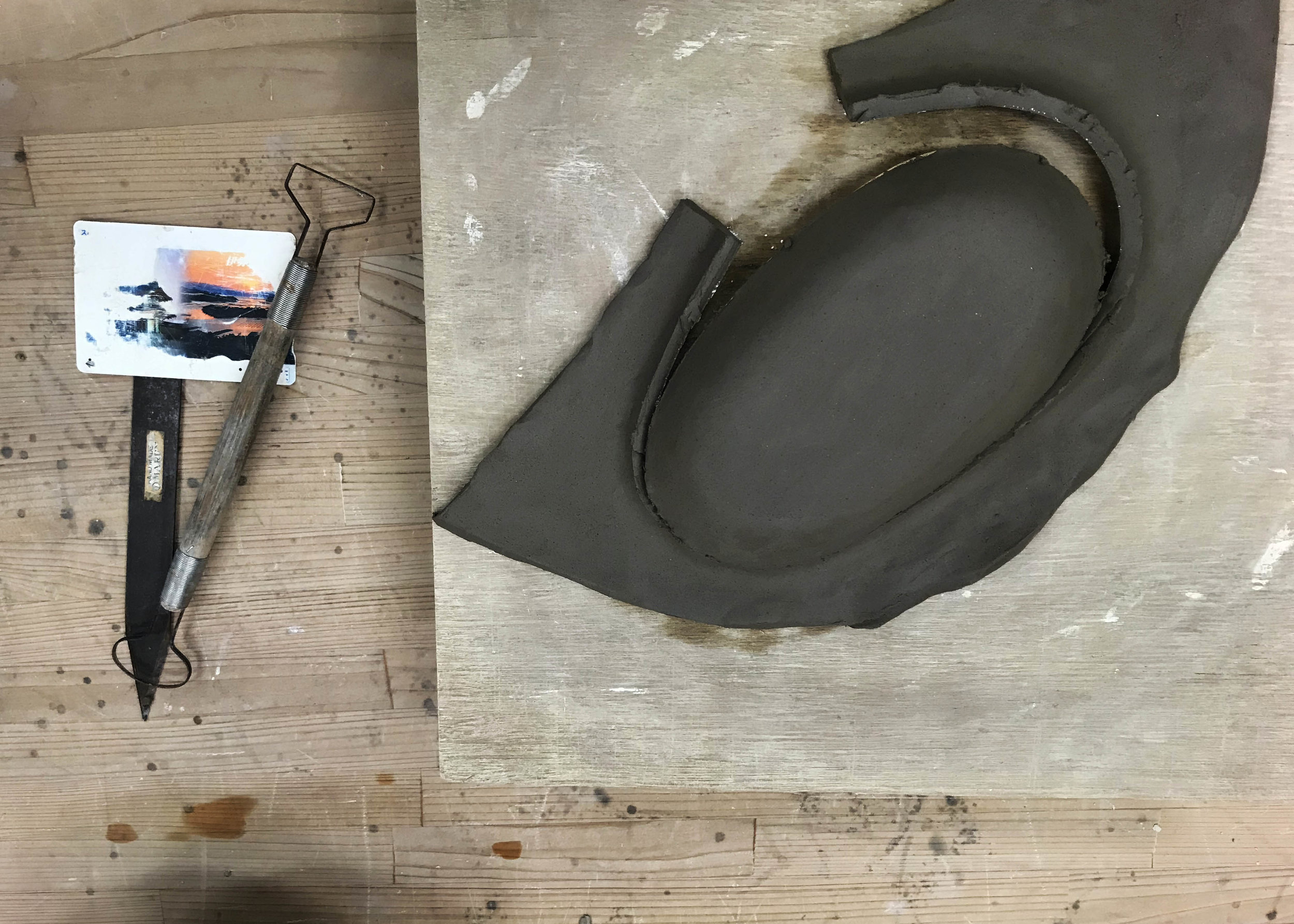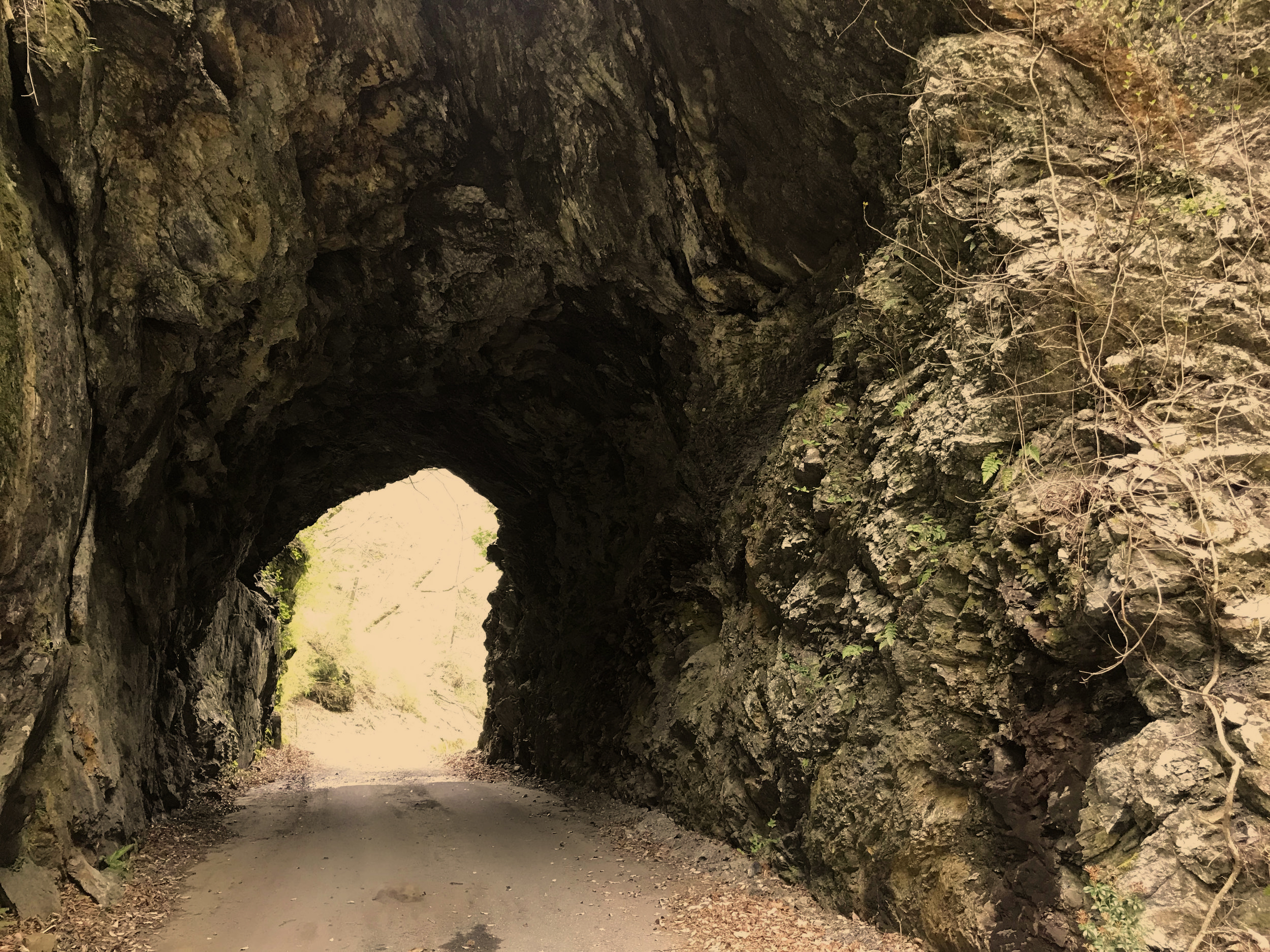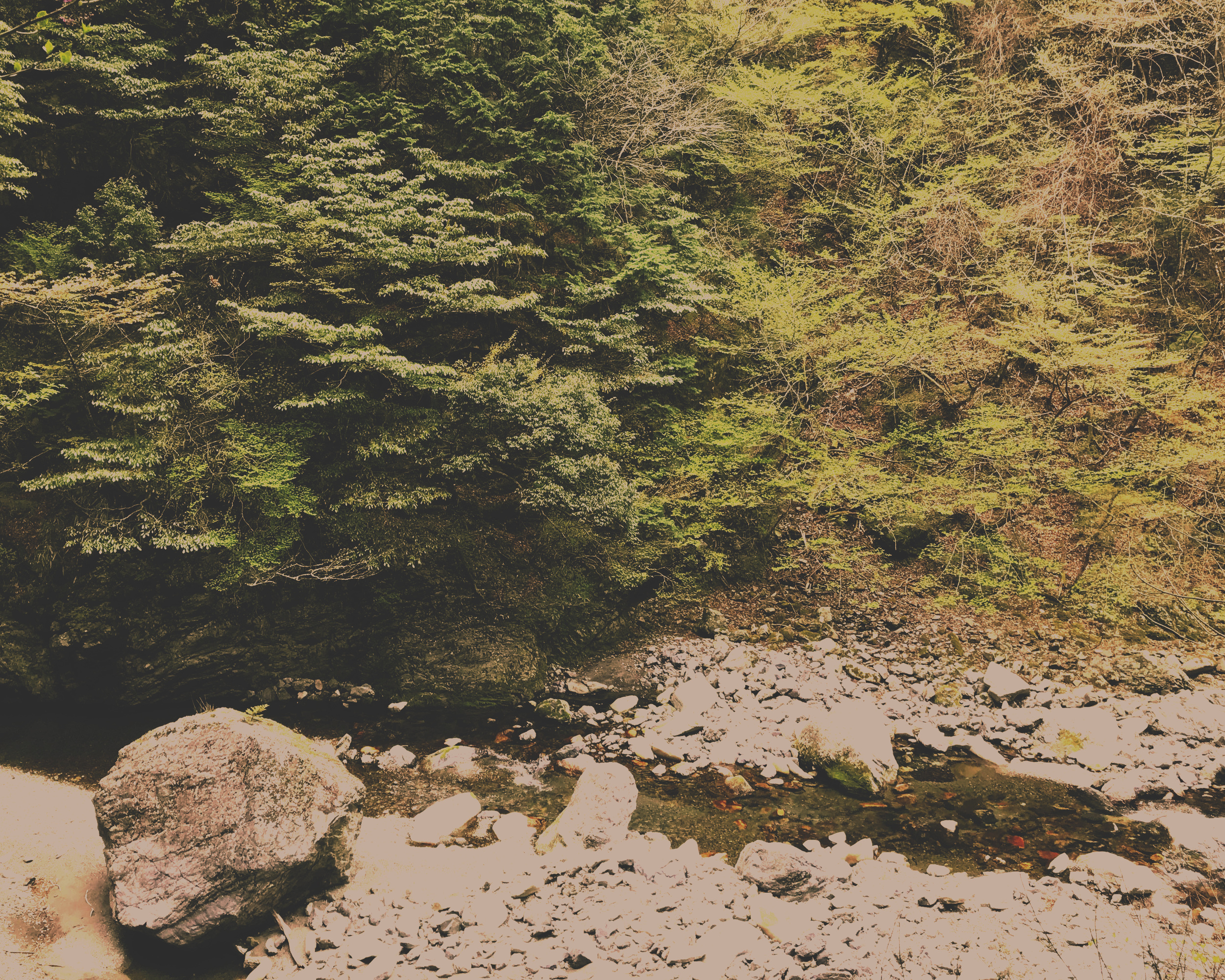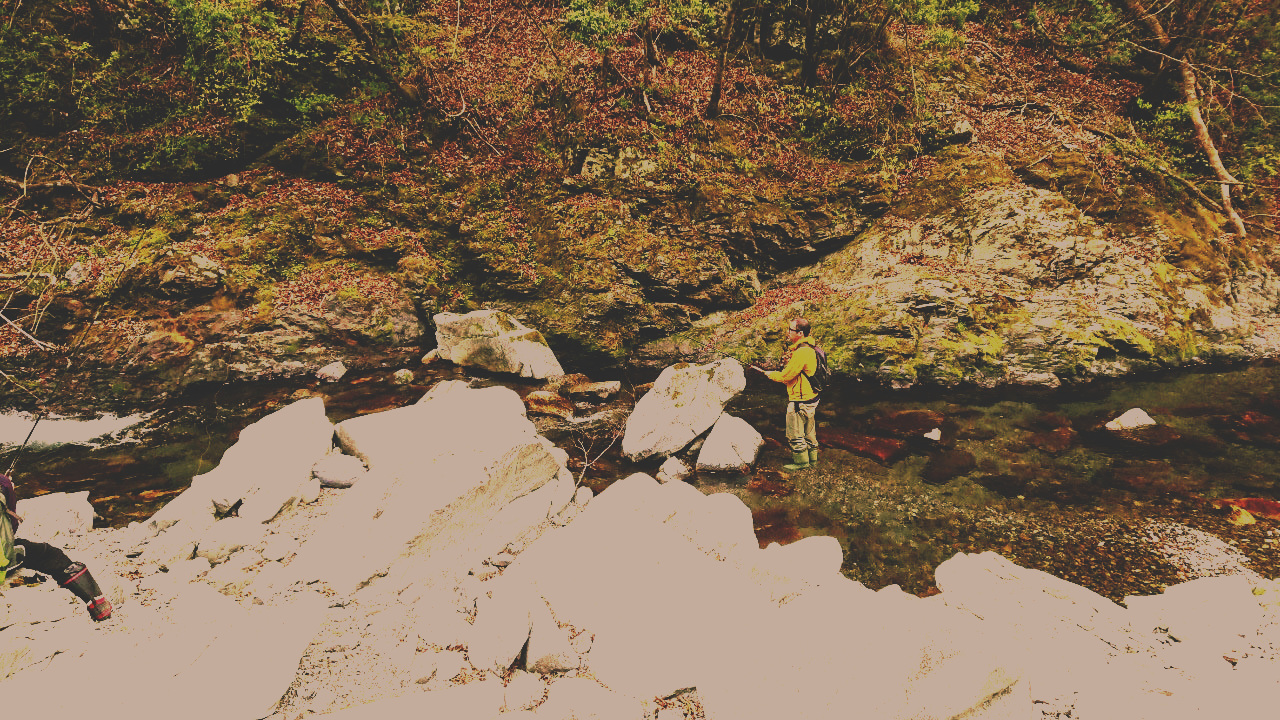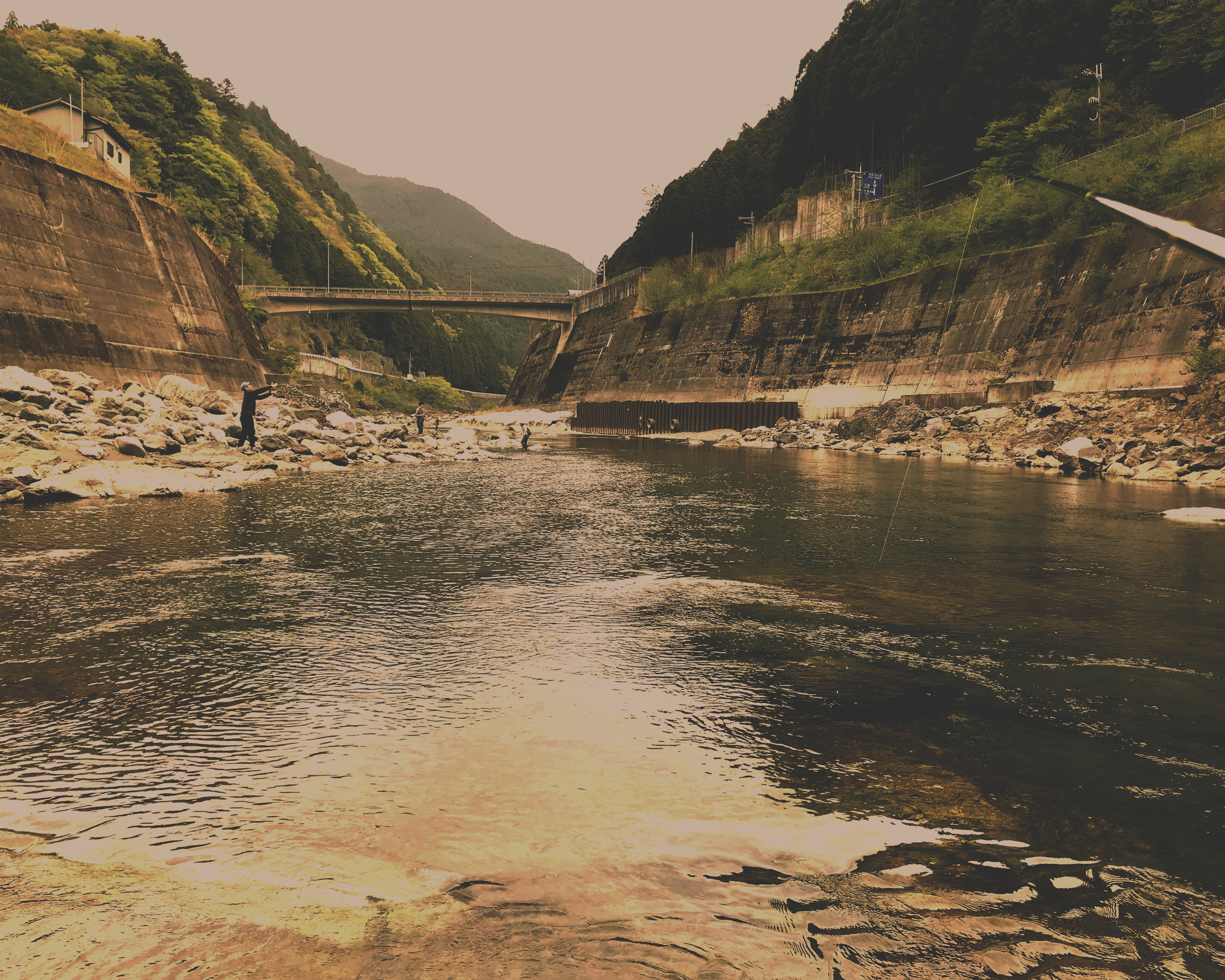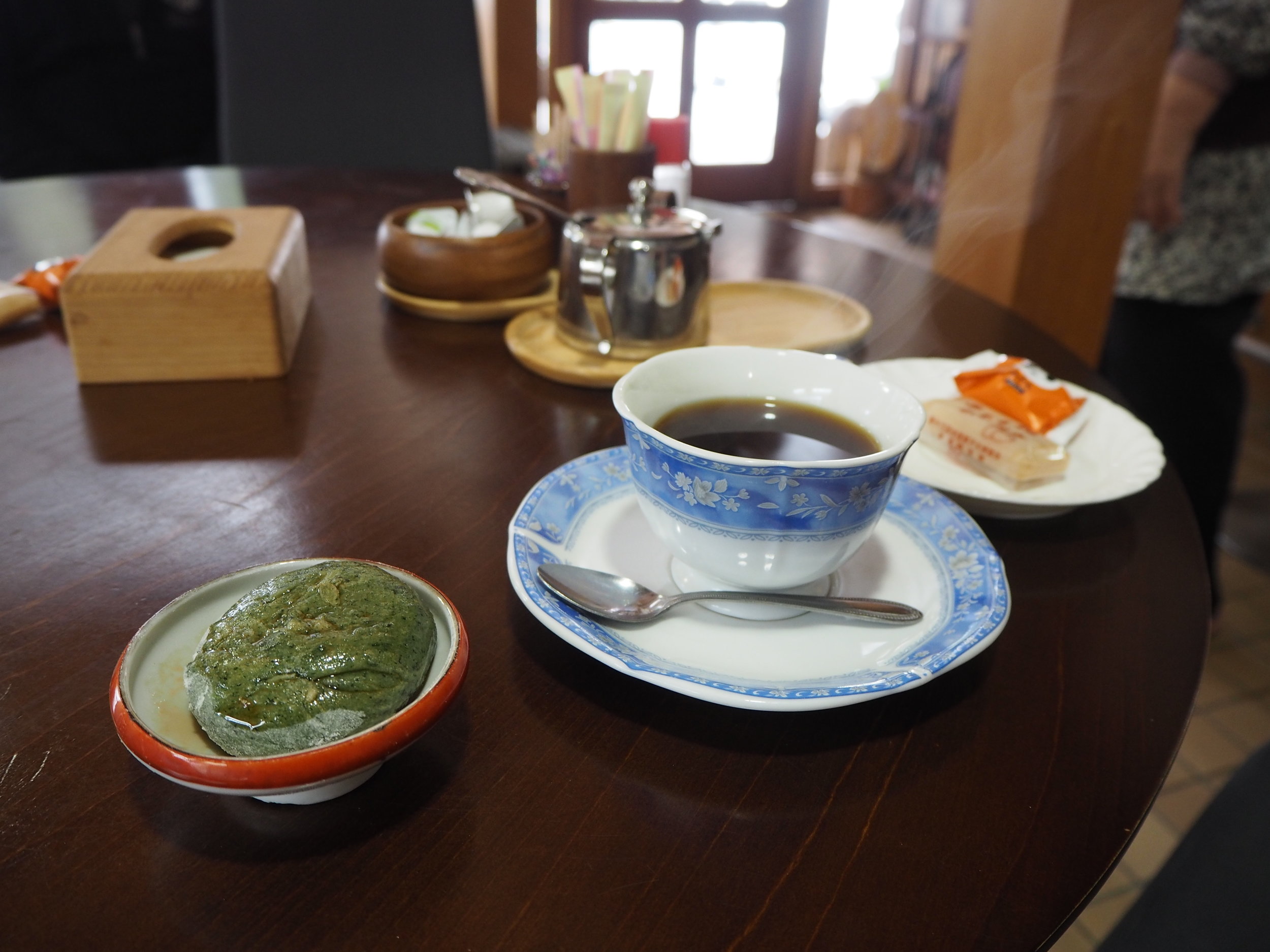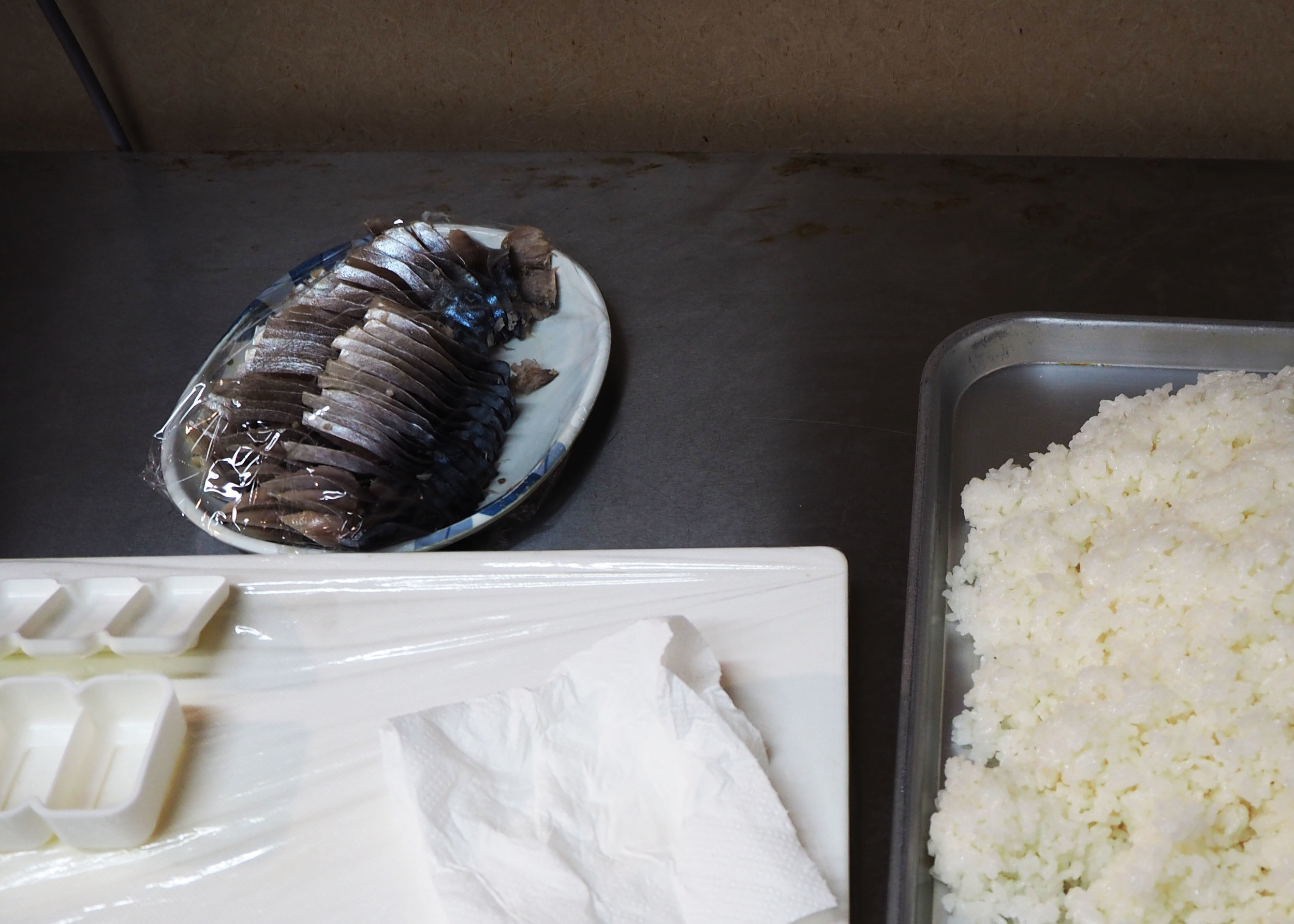井氷鹿の里でのお盆
川上村井光地区の「井氷鹿の里」での朝は大きな手書きの予約表から始まった。管理者であるタノッチ(田野さん)はその表を使って、お盆の時期にバーベキューや釣り場やつかみ取りのプールを予約したお客さんを整理した。誰が何人で何時にどこで何をするか、の貴重な情報だ。1日をタノッチと過ごして、その表の大切を実感した。
井光川を登ってきた大型ヴァンは、9時半ごろ次々と現れた。定番のサングラスとショートパンツの大人たち。後席から転がりそうなエネルギーで走り回った子供たち。「すみません、検温と手の消毒をお願いしてもいいですか」の安全対策を済ましてから、タノッチはてきぱきと予約の確認、説明、会計をした。僕はつかみ取りのプールに水を流しておき、それを待ちながら、お客さんのアマゴを取りに行った。大きな水槽の蓋を開けて、すぐ逃げちゃうアマゴたちを小さなネットで集めようとしたが、思うようにいかへん。数匹が取れても、足りなかった。バケツのアマゴたちも騒ぎ、逃げようとするし、バケツにいるだけでアマゴが弱ってしまうから、早くせなあかん!目標の数が集められたら、慌てた足でバケツをつかみ捕りのプールへ運び、子供たちの目の前に放流した。上に戻ったら、タノッチは釣りのお客さんを受け付けしていて、竿を選んでもらっていた。それから、釣りをする場所をお客さんに選んでもらってから、タノッチは手際よくネットで水槽のアマゴを掬い上げ、バケツとスカリを階段の下まで運んだ。井光川の水が谷の上から流れ続けて、7つの段で分けられたお客さんの釣り場を通った。
事務所からつかみ取りのプールや水槽や釣り場へ行き来て走りながら、タノッチは頻繁に鳴る電話やお客さんの質問に礼儀正しく対応した。芝犬であるコロモちゃんは事務所の外に座り、子供たちに撫でてもらったり、昼寝をしたりをした。他に手伝えることがあるのではないかと思って、僕は竿の針を付け直す練習をした。正午に近づき、お客さんたちがそれぞれの昼ご飯を食べたら、施設の全体的な雰囲気が少し落ち着いた。1日の最高温度を逃げて、僕らは事務所で水分の補給をした。しかし、電話が鳴り続け、昼下がりから、また魚の放流や針の付け直しや、流されたスカリを取りに行く時間になった。
タノッチは会計から予約の管理、トラブルの解決までのあらゆることに対応しながら、階段から階段へ走り、頭から足がとても疲れそうだった。彼の疲労である「影」には、まだ「光」もあり、それがきっとお客さんたちの楽しみだった。つかみ取りのプールで遊んだ子供たちはずっと笑っていた。娘たちに釣りのことを教えていたお父さんたちも静かに喜んでいたのであろう。自分の釣った魚をさばき、バーベキューで焼く家族や友達のメンバーが川上村に来て、賑やかな時間を過ごせたのではないか、と僕は思う。今年の溜まってきたストレスを解消する機会でもあったかもしれない。
夕方になったら、あの手書きの予約票の全ての名前がチェックされた。荷物を片付け、大型ヴァンに乗り、下流の彼方へ消えたみなさんは、川上村から素敵な思い出を持って帰ったのだろう。僕にとっても、暑くて汗をかく、ちょっと魚臭いの時間だったけど、タノッチと二人でバタバタするのが楽しかった。
Obon at Ihika-No-Sato
The morning at Kawakami’s Ihika-No-Sato began with the handwritten reservation grid. The manager, Tanochi, used that grid to keep track of all of the guests who reserved barbecues, fishing spots, and the pools to grab fish. Precious information of who and how many did what, where, and when. After spending a day with Tanochi, I got a feel for how important that grid was.
After climbing up the Ikari River, the large vans began appearing around 9:30. Adults, with their obligatory sunglasses and shorts. The kids, rolling out of the back seat and running around with boundless energy. “Excuse me, please take your temperature and disinfect your hands,” Tanochi said, getting through the safety measures before checking reservations, explaining the system, and accepting payment. I started filling up a pool, and while waiting, went to get the guest’s amago trout. I opened the lid of the big tank, and tried to snag the quick amago with a small net, but it didn’t go as planned. Even if I caught a few, they weren’t enough. The amago in the bucket rebelled and tried to escape, and since the fish lose strength by just being in the bucket, I had to hurry up! Once I had the right amount, I hurried with the bucket down to the pool, and released the fish in front of the kids. When I got back up, Tanochi was checking in some guests who came to fish, and they were choosing their fishing poles. After they decided where they wanted to fish, Tanochi easily scooped up a netful of amago, and carried the bucket of fish and basket to keep them down the steps. Water from the Ikari River continued to flow down from the top of the valley, passing through the seven divided fishing spots.
While running between the office, the pools, the tanks, and the fishing spots, Tanochi politely answered the incessantly ringing telephone and any of the guests’ questions. The Shiba-inu Koromo-chan sat outside the office, getting pet by kids and napping. Looking for something else I could help with, I practiced re-attaching fish hooks to poles. As noon neared, guests began eating lunch, and the overall mood of the facility settled down. Getting away from the hottest temperatures of the day, we stayed in the office and rehydrated. However, the phone kept on ringing, and after lunch, it was once again time to release those fish, re-attach those fish hooks, and go retrieve any of those fishing baskets that came loose and sunk down to the bottom of the river.
Takes care of everything from payment to managing reservations and fixing any trouble, he ran from stairs to stairs, and seemed like he was worn out from head to foot. For the “shadow” that his exhaustion might be, there is also a “light”, and I think that must be all of the joy of the guests. Kids grabbing fish in those pools were always laughing and having fun. Dads teaching their daughters how to fish must have been quietly happy as well. I think that the families and groups of friends who caught their own fish, then gutted and barbecued them were able to come to Kawakami Village and have a pretty exciting time. It might have even been a way to relieve a lot of the stress that has built up this year.
In the evening, all of the names on that handwritten reservation grid had been checked off. Packing up their things, getting in their large vans, and disappearing downstream, I bet they all took home some beautiful memories of Kawakami Village. Even for me, it was a hot, sweaty, and sometimes fishy day, but it was a lot of fun staying busy with Tanochi.
